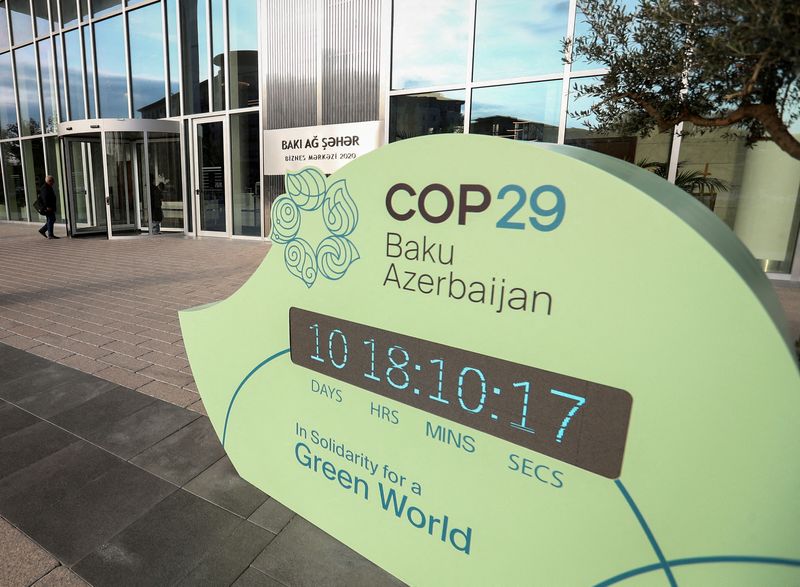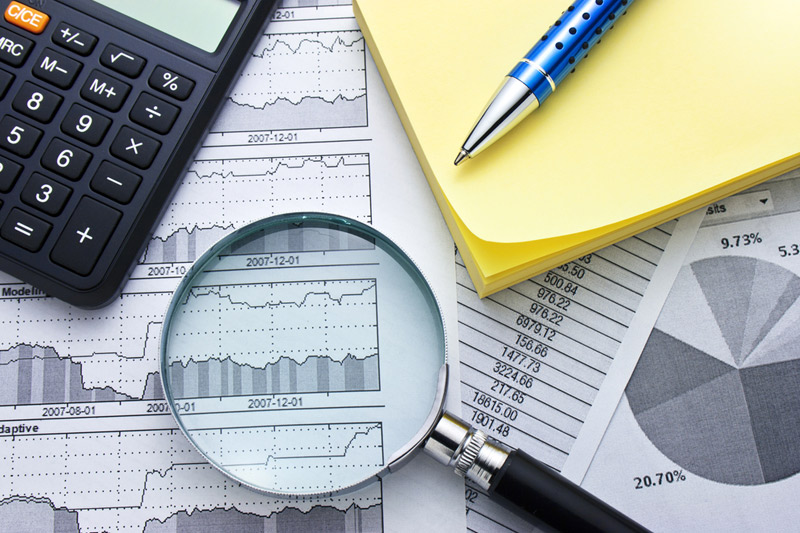By Gloria Dickie and Kate Abnett
(Reuters) – Nearly 200 countries will meet next week for the UN climate summit COP29. It can be difficult to reach an agreement among so many.
Here are some of the key players and negotiating blocs involved in the COP29 summit starting on November 11 in Baku, Azerbaijan.
CHINA
China produces most of its energy from climate-warming fossil fuels and also from renewable energy sources. It is responsible for about 30% of the world’s annual CO2 emissions, making China the largest greenhouse gas polluter.
However, according to the Helsinki-based Center for Research on Energy and Clean Air, the country’s emissions may have peaked following recent renewable energy expansions.
Although China is the world’s second-largest economy after the United States, it retains developing country status in the UN climate negotiations that began in the 1990s.
As such, it says the United States and other industrialized countries must act first and fastest on climate action. Beijing also rejects calls to contribute to climate finance for developing countries.
China will send a new climate change diplomat to COP29 as Liu Zhenmin, a former vice foreign minister, replaced long-time climate envoy Xie Zhenhua who retired.
UNITED STATES
The world’s second largest emitter, and largest historical emitter, comes to COP29 after an election that will return Donald Trump to power in 2025.
US negotiators from the outgoing Biden administration, led by White House senior adviser John Podesta, will represent the country at COP29.
But Trump’s victory has reduced the chances of a strong deal on a new global finance target, or an agreement to widen the pool of countries that would have to contribute.
President-elect Trump has vowed to once again withdraw from the 2015 Paris Agreement and has branded efforts to boost green energy a “scam.”
Although the Biden administration has provided hundreds of billions of dollars for climate change mitigation and adaptation through the Inflation Reduction Act, the US has continued to break records as the world’s largest oil and gas producer during his presidency.
EUROPEAN UNION
The EU, made up of 27 countries, has not yet expressed a position on some of the most divisive issues for COP29.
It remains to be said how large the new climate finance target should be, or how much should come directly from national budgets, as opposed to multilateral lending institutions or private investment. However, it has demanded that China and other rapidly developing economies contribute.
The EU and its member states have contributed the most global climate finance to date, more than doubling their supply over the past decade. In 2023, the EU and its member states contributed 28.6 billion euros ($30.8 billion) in climate finance from public sources.
UNITED KINGDOM
Britain’s Labor Party government, which was elected in July, plans to emphasize its climate commitments at COP29 after Energy Secretary Ed Miliband described Britain as “returning to climate leadership.”
The country, which hosted the COP26 summit in Glasgow in 2021, has pledged to submit its next set of emissions reduction pledges for 2035 at the Baku summit, three months before it takes place in February.
Britain has also called for an ambitious financial target, but it is unclear how much it could contribute from its debt-ridden budget.
THE TROIKA
The host countries of COP28, COP29 and COP30 last year called themselves “the troika” and said they were working together to ensure continuity in hosting the annual UN climate talks.
All three countries have economies dependent on fossil fuels. The United Arab Emirates of COP28 and Brazil of COP30 are among the world’s ten largest oil producers, and Azerbaijan of COP29 is a proponent of its industry.
‘BASIC’ COUNTRIES
As rapidly developing and densely populated countries, Brazil, South Africa, India and China could have an outsized impact on the world’s ability to tackle climate change.
Each country has called for more climate financing through the concept of ‘common but differentiated responsibilities’ – meaning rich countries that have historically produced the most carbon emissions must do more to tackle the problem.
OTHER NEGOTIATION BLOCKS:
G77 + CHINA – This alliance of 77 developing countries and China also says that rich countries have a greater responsibility to reduce CO2 emissions than poorer countries.
AFRICAN GROUP OF NEGOTIATIONS
African countries will push for more climate financing at COP29 and put Article 6 of the Paris Agreement on carbon market rules into force early next year.
They remain concerned about the standstill of the loss and damage fund after this year’s floods in East Africa and the fatal heat waves in the Sahel.
African countries plan to challenge a decision to base the fund’s technical assistance body in Geneva, objecting to the expensive city being chosen over recommendations for Nairobi.
The fund’s headquarters will be in the Philippines, but the technical assistance body that provides support to countries facing damage from climate-induced natural disasters will be based in Switzerland.
ALLIANCE OF SMALL ISLAND STATES
The AOSIS bloc, a powerful group of countries disproportionately affected by climate impacts, especially sea level rise, is focused on securing trillions of dollars in climate financing and advancing global efforts to end fossil fuel use to be phased out gradually.
LEAST DEVELOPED COUNTRY GROUP
The 45 countries in this group are also very vulnerable to climate change, but have contributed little to it. They require significant financing from developed countries, preferably in the form of subsidies. They also want more money to flow into the loss and damage fund.

COALITION WITH HIGH AMBITION
This group, co-chaired by France, Costa Rica and Britain, is pushing for more aggressive targets and policies to reduce emissions.


